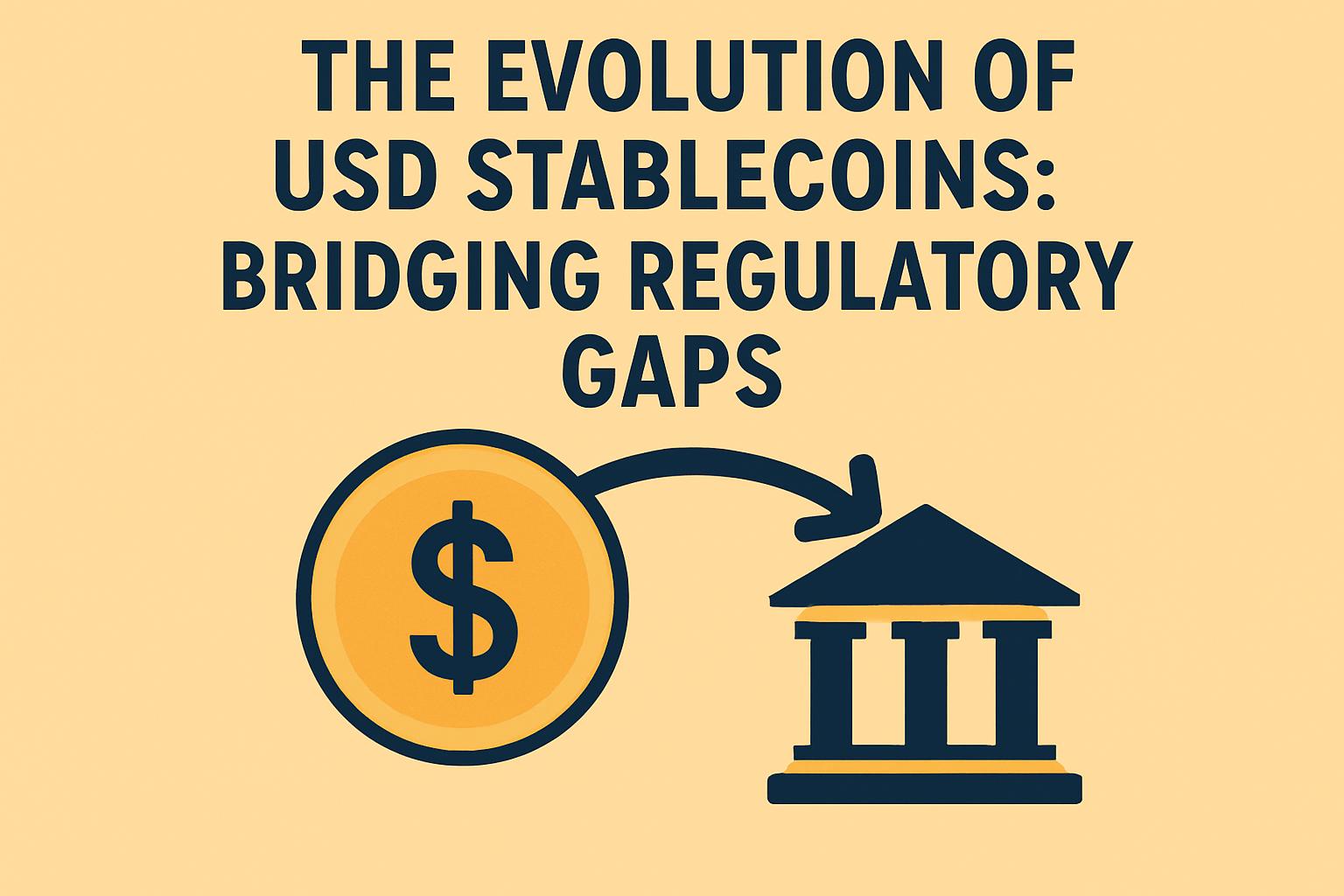The rise of USD stablecoins is reshaping the financial landscape. They are not just instruments for seamless cross-border payments but are redefining dollar sovereignty, financial infrastructures, and market stability globally. This analysis explores their implications beyond payment tools, highlighting the “Three-layer Seven-dimension” penetration framework across currency sovereignty, financial infrastructure, and market stability.
The Rise of USD Stablecoins: More Than Just Payment Tools
USD stablecoins emerged as a pivotal alternative in the international monetary system, capitalizing on the limitations of traditional services. The introduction of blockchain technology created a decentralized network for currency exchange, eliminating reliance on single point intermediaries and traditional banking frameworks. They offer anonymity, no need for central control, and settlement on the blockchain, significantly altering global non-formal financial activities.
Beyond Payment Utility: The Three Dimensions of Impact
Stablecoins are changing the institutional boundaries of the USD system. Using a framework analyzing penetration across monetary sovereignty, financial infrastructure, and market stability, we can understand three core challenges:
- Monetary sovereignty erosion through tax base loss and seigniorage transfer.
- Shifting of settlement rights, bypassing traditional banking infrastructures.
- Policy misalignment with interest creation rather than risk engagement.
Structural Challenges of Current USD Stablecoins
The current infrastructure of USD stablecoins reveals conflicts with governance goals and societal interests:
- Financial Contribution Gap: Stablecoin issuers capitalize on regulatory gaps for profit without contributing to the U.S. financial system.
- Long-term Financing Challenges: While stablecoins bolster short-term finance, they do not aid the Treasury’s long-term obligations.
- Fragmentation of Dollar Unity: Diverse stablecoin models can fragment the global dollar functionality, adding frictions.
- Systemic Spillover Risks: Quick redemption in crisis scenarios could destabilize traditional financial markets.
A Policy Blueprint for Stablecoins
To mitigate risks, a governance model integrating stablecoins into central bank policy frameworks is proposed, utilizing a “Stablecoin Reserve” system, setting a specialized IOSR (Interest on Stablecoin Reserve), to align incentives across stakeholders:
- Ensures stablecoin reserves are held within trusted banking frameworks, maintaining the dollar’s sovereign control.
- Makes bank margins transparent, allowing for competitive stablecoin user returns.
- Enhances liquidity safety, minimizing systemic risk through controlled internal transfers.
These measures envision a stablecoin ecosystem that respects national monetary policy and systemic stability.

![[News] Bitcoin at a Turning Point? 10x Research Signals a Bullish Macro Shift Ahead](https://cryptoexplores.com/wp-content/uploads/2025/06/new20250616.jpg)
![[News] Binance Lists $HOME, the Gas-Free, Bridge-Free All-in-One DeFi App](https://cryptoexplores.com/wp-content/uploads/2025/06/news20250617.jpg)